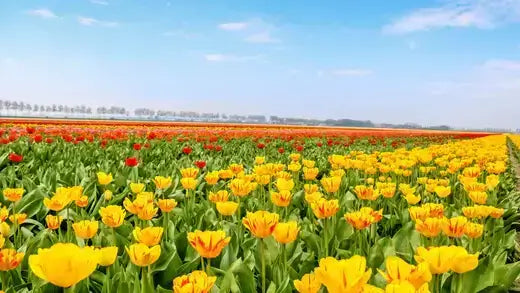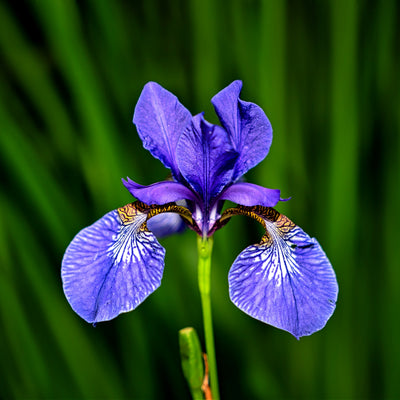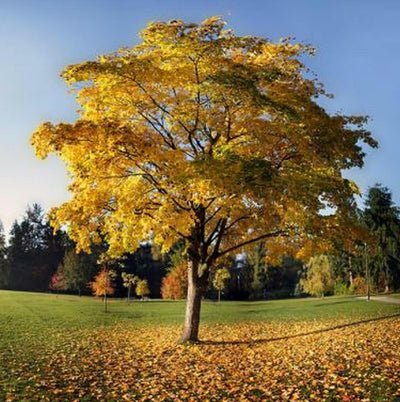The Enduring Beauty and Cultural Significance of Tulip Flowers
The tulip, a delicate and captivating flower, has captivated the hearts and minds of many people for centuries. With its exquisite beauty and rich history, the tulip holds a special place in the world of flowers and has become a symbol of love, beauty, and cultural significance.
Origins of the Tulip The tulip, scientifically known as Tulipa, belongs to the family Liliaceae
They are native to Central Asia and Turkey. Its name is derived from the Persian word "dulband," which means turban, reflecting the flower's unique shape.
Tulips were initially cultivated in the Ottoman Empire, gaining immense popularity among the nobility. The Ottoman sultans and their courtiers were particularly fond of these flowers, and soon became associated with wealth and luxury. Tulip cultivation reached its zenith during the Tulip Era in the early 18th century, when tulips were not only admired for their beauty but also used as symbols of power and prestige.
Symbolism of the Tulip The tulip symbolizes various emotions and concepts throughout history, making it a versatile and culturally significant flower.
Love and Romance: One of the most common associations with tulips is love and romance. Red tulips, in particular, symbolize deep love and passion. Gifting a bouquet of red tulips is a classic way to express affection and desire for someone.
Beauty and Elegance: Tulips are often seen as a symbol of beauty and elegance. Their graceful and vibrant petals make them a favorite choice for floral arrangements, adding a touch of sophistication to any setting.
Diversity and Variety: The tulip's wide range of colors and varieties symbolizes diversity and the beauty of differences. Each tulip variety is unique, representing human experiences and perspectives richness.
New Beginnings: White tulips are associated with purity and new beginnings in some cultures. They are often used in weddings and other ceremonies to symbolize the start of a new chapter in life.
Holland's National Flower: Tulips have a special place in Dutch culture and are considered the national flower of the Netherlands. The Dutch tulip fields are world-famous, attracting millions of tourists yearly during the blooming season.
Economic Importance of Tulips Beyond their aesthetic appeal and symbolism, tulips have also played an important role in economics.
This economic importance can be traced back to a fascinating period in Dutch history known as "Tulip Mania." Tulip Mania In the 17th century, during the Dutch Golden Age, the demand for tulips soared to unprecedented levels. Tulip bulbs became a commodity, and their prices reached absurd heights. This period, known as Tulip Mania, is often considered one of the first recorded speculative bubbles in economic history.
People from all walks of life, from wealthy merchants to ordinary citizens, invested heavily in tulip bulbs, hoping to profit from their increasing value.
The craze peaked in the winter of 1636-1637 when tulip prices skyrocketed. However, the bubble eventually burst, leading to a dramatic economic crash that left many in financial ruin. While Tulip Mania is often cited as an example of irrational exuberance in financial markets, it also highlights the economic significance of tulips during that era.
The tulip trade played a crucial role in the Dutch economy, and even though the speculative bubble burst, tulip cultivation and marketing remained an essential industry in the Netherlands.
Cultivation and Trade Tulips are cultivated in various parts of the world, with the Netherlands being the largest producer and exporter of tulip bulbs. Dutch tulips are renowned for their quality and variety, making them highly sought after by flower enthusiasts worldwide.
The tulip trade contributes significantly to the Dutch economy through exports and tourism, with the Keukenhof Gardens attracting millions of visitors annually. In addition to the Netherlands, tulips are grown in countries such as the United States, Turkey, and India. The cultivation and trade of tulip bulbs and cut flowers generate substantial income for farmers and the floral industry. Cultural Significance The tulip's cultural significance extends beyond its symbolism and economic value. It has been featured in art, literature, and cultural traditions worldwide.
Art: Tulips have been a popular subject in the world of art. Influential artists like Vincent van Gogh and Claude Monet have captured the beauty of tulips in their paintings. The vibrant colors and elegant shapes of tulips make them a favorite choice for still-life paintings.
Literature: Tulips have been a source of inspiration for poets and writers. They are often used as metaphors for beauty, transience, and the passage of time. In literature, tulips are mentioned in works ranging from classical poetry to modern novels.
Festivals: Many countries celebrate tulip festivals to showcase the beauty and diversity of this flower. Examples of such events are the Tulip Festival in Istanbul, the Skagit Valley Tulip Festival in the United States, and the Floriade Expo in the Netherlands. Cultural Traditions: Tulips play a role in various cultural traditions. In Iran, for instance, tulips are associated with the Persian New Year, or Nowruz, and are an integral part of the holiday's decorations.
Tulip Time Festival: Held in Holland, Michigan, the Tulip Time Festival is an annual celebration of Dutch heritage and culture. It features colorful parades, Dutch dance performances, and millions of tulips in bloom, attracting visitors from all over. Tulips in Modern Times In contemporary society, tulips hold a special place in people's hearts worldwide. They are famous for weddings, anniversaries, and other special occasions due to their symbolic meanings of love and beauty.
Tulips are also widely used in landscape design, adding color to gardens and public spaces. Moreover, tulips have found their way into various aspects of pop culture. They are featured in films, advertisements, and even video games, further cementing their status as a beloved and recognizable flower.
Conclusion
With its exquisite beauty, rich symbolism, economic importance, and cultural significance, the tulip remains a flower of great value in our world today. Its journey from the gardens of the Ottoman Empire to the Dutch tulip fields and beyond is a testament to the enduring appeal of this remarkable flower. Whether it conveys love, symbolizes new beginnings, or brightens our lives with its vibrant colors, the tulip inspires and enchants us, making it a truly timeless and treasured flower.




